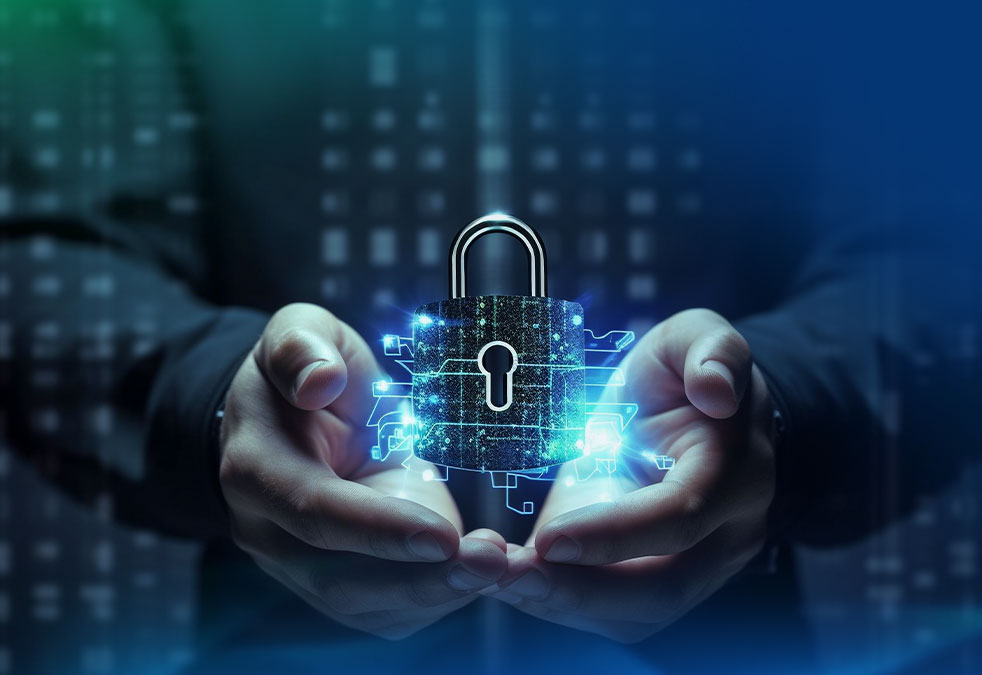Keeping up to date on the advance of digital threats is a major challenge for most businesses, but especially for small and medium-sized business (SMBs).
The techniques of cybercrime change constantly and it is difficult to follow them, especially if there is no specialist or technology to protect the environment.
But the mission of protecting assets does not have to be IT’s exclusively. Implementing defenses and managing security policies is, of course, essential. But an SME can work to build best practices that support the effort to protect business.
Build a security plan
Investing in security does not have to be a burden on the budget.
SMBs that consider security as a strategic aspect find that technologies also work to optimize the performance of the network resources, helping to increase the company’s productivity.
For example, Unified Threat Management model addresses the need for SMBs because it lowers costs and at the same time allows you to use controls to address many different threats. For small businesses, choosing a comprehensive technology is critical.
But investing in security does not just mean technology. It is also important to work on building a security policy.
It is necessary to create information security rules relating to how people should behave, what information should be protected, what controls should be used and who is responsible for managing that policy.
Monitor the life cycle of your technologies
Experts always point out that outdated systems are open doors for cybercriminals. In this case, the SMBs should be aware of the update packages and always follow the recommendations by the manufacturers.
Many security incidents occur because breaches are exploited in older versions of software and hardware or even legacy technologies and systems that no longer communicate with industry standards.
It is also worth remembering to follow notifications of update termination and technology support – known as end-of-life. For example, when an operating system manufacturer announces that it will end support for a particular version, cybercriminals can continue to work on techniques to exploit breaches.
Therefore, SMBs should migrate to the latest versions of the technologies they use, avoiding exposure to various types of threats while still leveraging more modern features.
Encourage your employees to report suspicious actions
Well-informed employees are less likely to fall into fraud than those who have not been warned about the most frequent cybercrime practices.
But how many of them are engaged in reporting suspicious activity?
SMB users can be leveraged as “sensors” to point out suspicious actions and demand immediate action from the IT team.
This is very easy to see when we receive an email with threats or even with fancy offers. But the user can report slowness in some system, which can point to a malicious action.
No company can afford to be inoperative or lose data. But security (and performance) incidents inevitably lead to this outcome. It is therefore worth assessing what your SMB’s real needs are and building a workable strategy to protect your environment and.
With more than 5,000 clients, Blockbit is one of the leading manufacturers of cybersecurity solutions, empowering businesses to protect themselves against a wide range of threats, vulnerabilities, and cyberattacks, whether internal or external, generic or specific.

